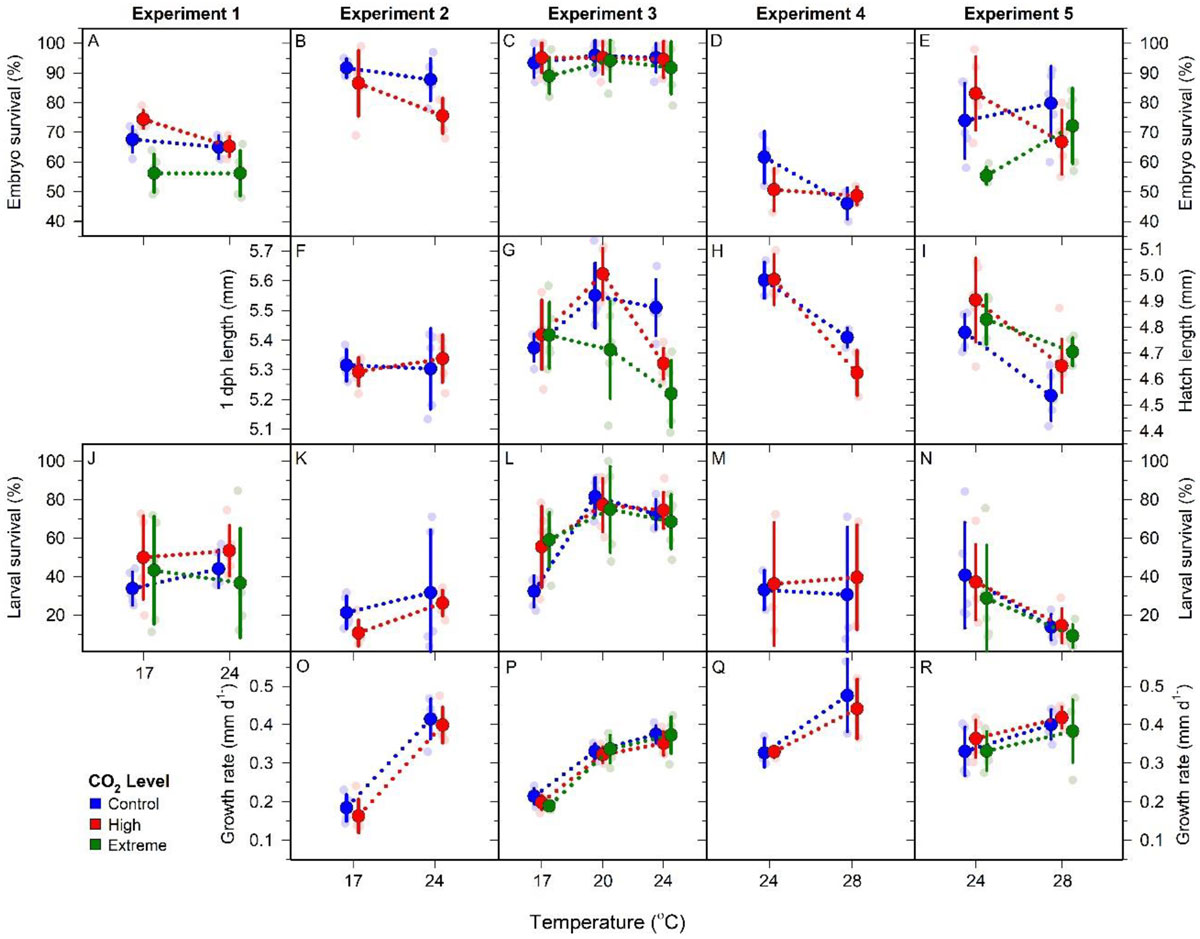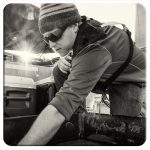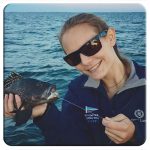Congrats, Chris, to the second chapter published!

Congrats, Chris, to the second chapter published!








At the OA PI meeting, Hannes gave an summary talk of key advances in the field of experimental OA approaches, while all of us worked in small synthesis groups on synthesizing products and projects.
Portland, albeit rainy, was as usual a great city to come to.
OSM2018 sessions OC51, OC52 (Baumann, Maas, Rivest, Davis)
Multiple Stressors and Multiple Disciplines: Understanding the Consequences of Global Ocean Change for Marine Species
This research feature makes the case for multistressor research to a broad general audience and introduces our NSF project and its participants. Download the feature by clicking on the pictures or the link below.
It’s the beginning of June, and in the Baumann lab that means: high time for experimental research on the Atlantic Silverside, the famous forage fish and important model species! This year, we have several major objectives; our NSF-sponsored research examines the sensitivity of offspring to the individual and combined effects of high CO2 and low oxygen (Chris Murray), while in collaboration with our colleagues from Cornell University we rear several families for genetic and transcriptomic studies. Elle Parks, our REU student just started her work on the effects of CO2 and temperature on the starvation resistance of silverside larvae. As always, the days when new experiments start are a group effort, where everybody including many volunteers help. Thanks to Peter Morenus (UConn) for the coming down for documenting the activities!
This story is also featured on UConn Today.